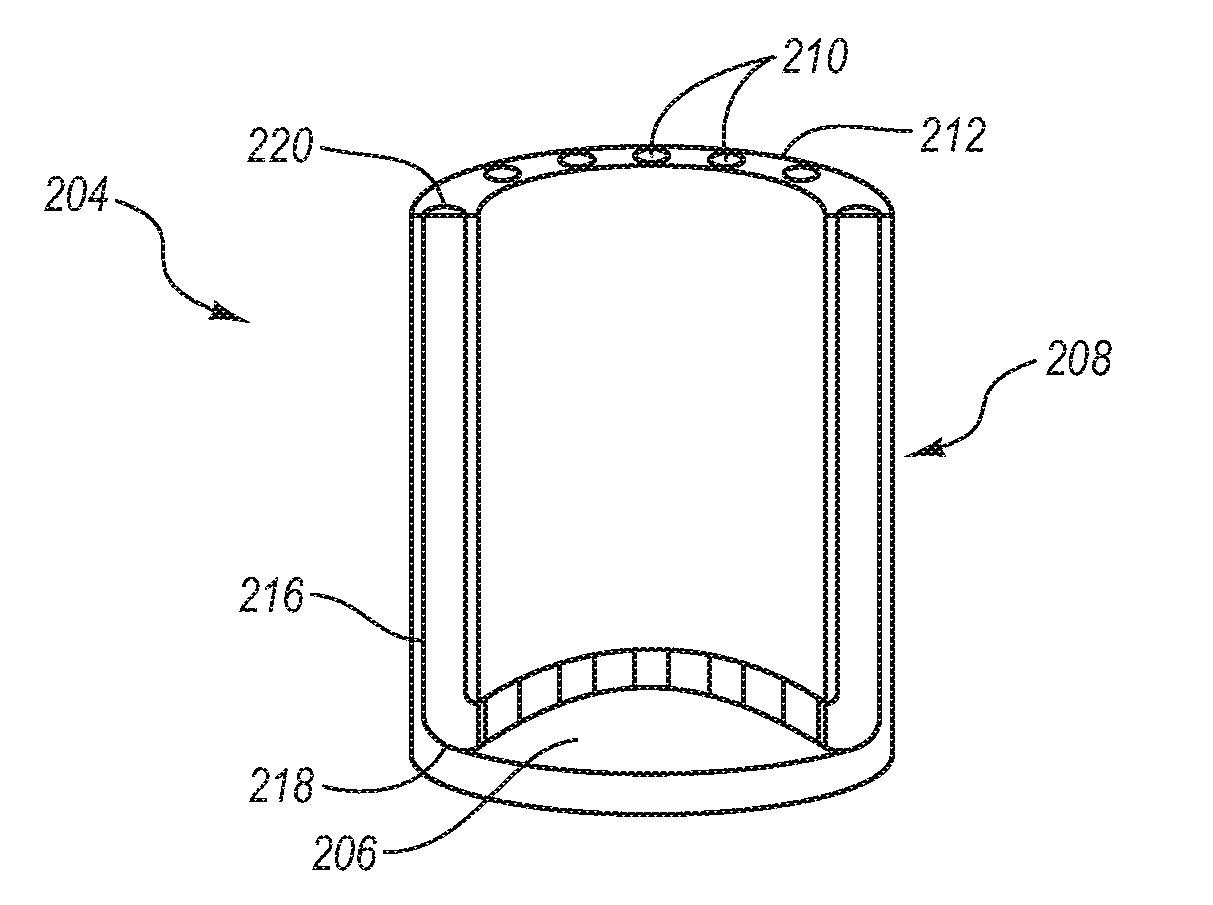Generation of hydrogen on demand
a hydrogen gas and production technology, applied in the direction of machines/engines, energy input, disinfection, etc., can solve the problems of affecting the safety of hydrogen gas, the safety of using hydrogen as an energy carrier, and the insufficient energy density of solar power alone, so as to achieve convenient and safe movement and transportation, and the effect of ample energy for powering a vehicle or hom
- Summary
- Abstract
- Description
- Claims
- Application Information
AI Technical Summary
Benefits of technology
Problems solved by technology
Method used
Image
Examples
Embodiment Construction
[0032]The methods and systems for producing hydrogen on demand use aluminum, a heat source and a power source such as, but not limited to, solar collectors, wood pellets and etc. The heat source and power source are used to produce chemical intermediates from sodium chloride via electrolysis. The chemical intermediates from the sodium chloride may be reacted with aluminum to produce hydrogen. The on-demand hydrogen systems can generate a continuous stream of hydrogen that can power a vehicle, generator, home or business. Surplus hydrogen or the energy derived there from can be used to make more sodium, chlorine, or power generators to make electricity to be sold for profit back into the power grid.
[0033]A vehicle, motor, fuel cell, a hydrogen flame, or any device requiring hydrogen can utilize the present invention to supply hydrogen. A low pressure activating valve may be used to control hydrogen on demand. When a low pressure is detected the valve controls the system to supply mor...
PUM
 Login to View More
Login to View More Abstract
Description
Claims
Application Information
 Login to View More
Login to View More - R&D
- Intellectual Property
- Life Sciences
- Materials
- Tech Scout
- Unparalleled Data Quality
- Higher Quality Content
- 60% Fewer Hallucinations
Browse by: Latest US Patents, China's latest patents, Technical Efficacy Thesaurus, Application Domain, Technology Topic, Popular Technical Reports.
© 2025 PatSnap. All rights reserved.Legal|Privacy policy|Modern Slavery Act Transparency Statement|Sitemap|About US| Contact US: help@patsnap.com



